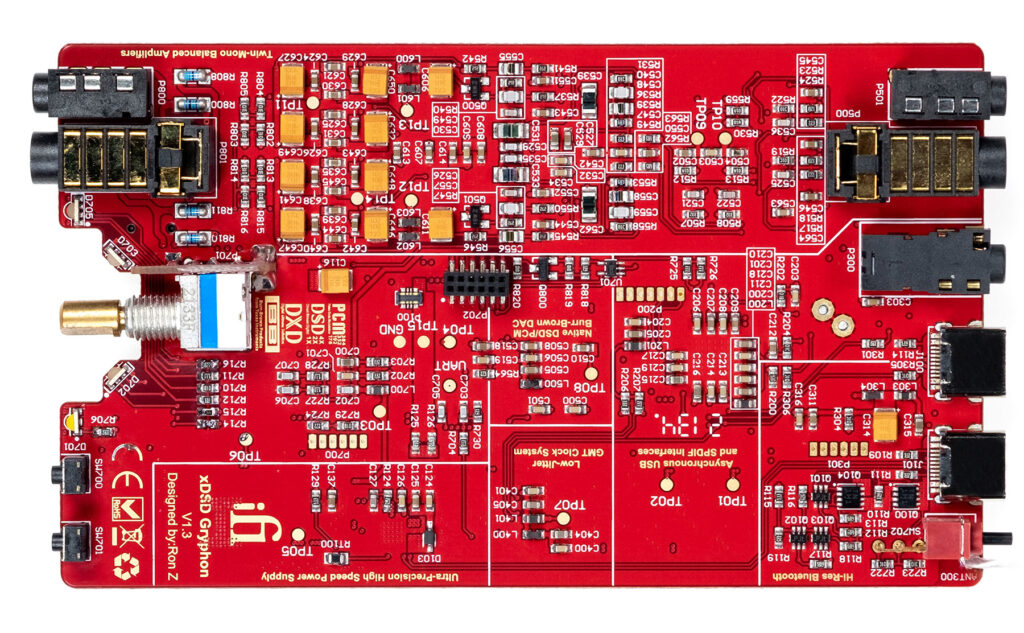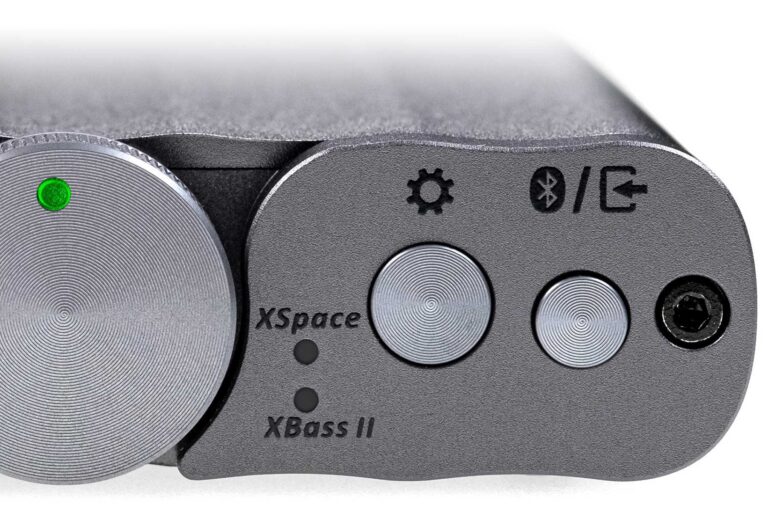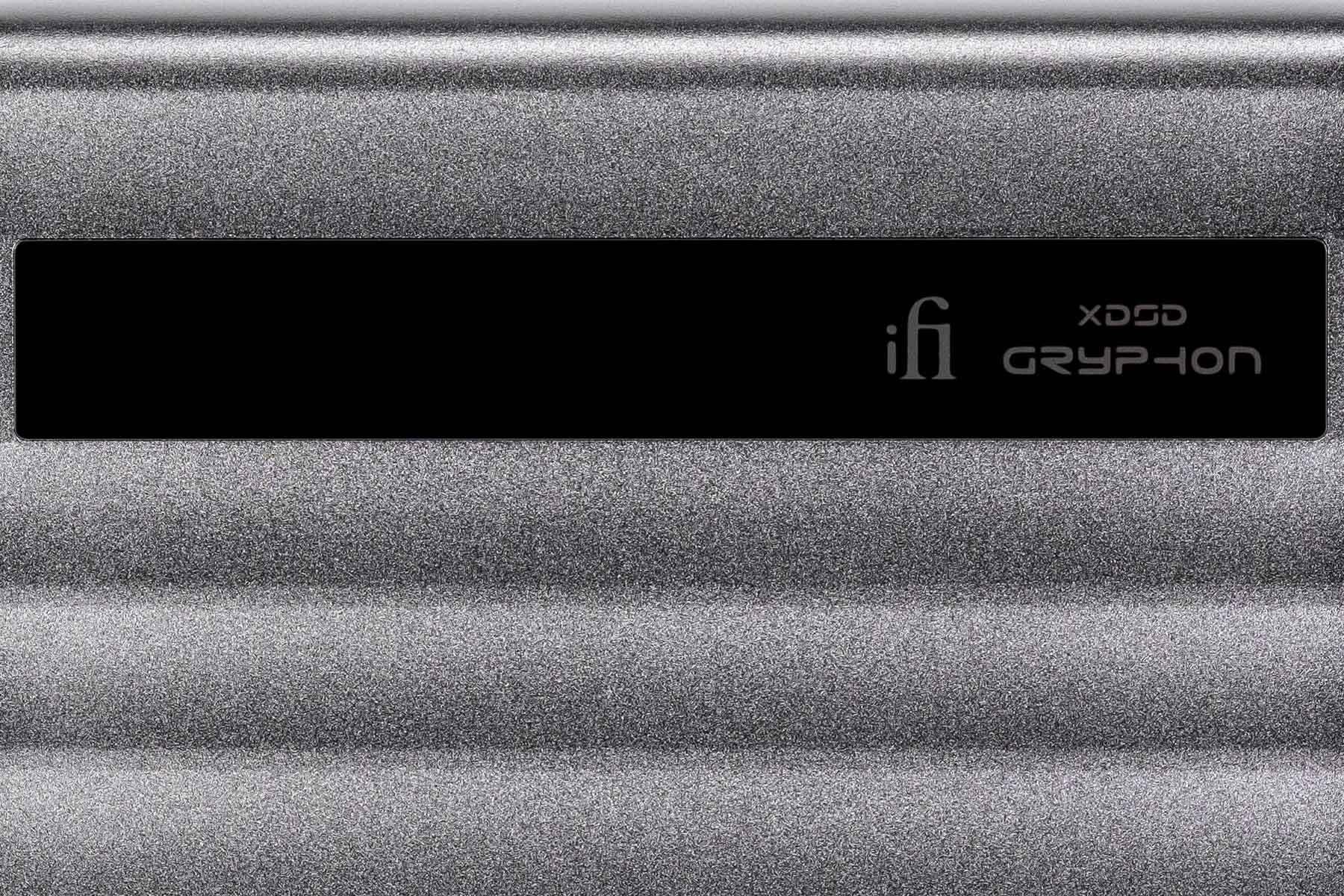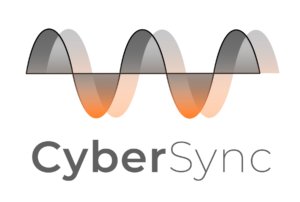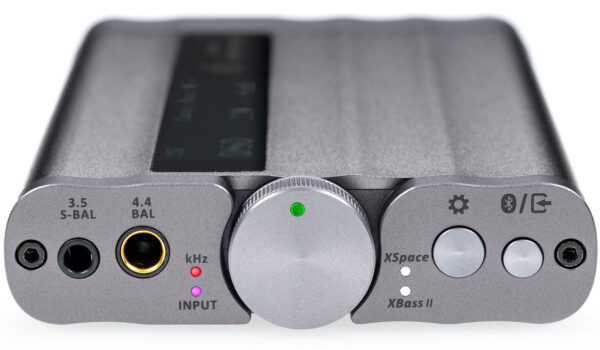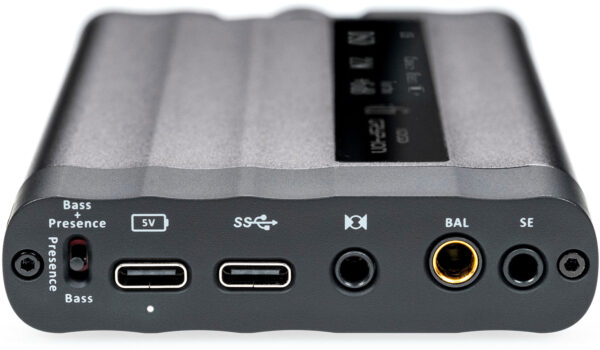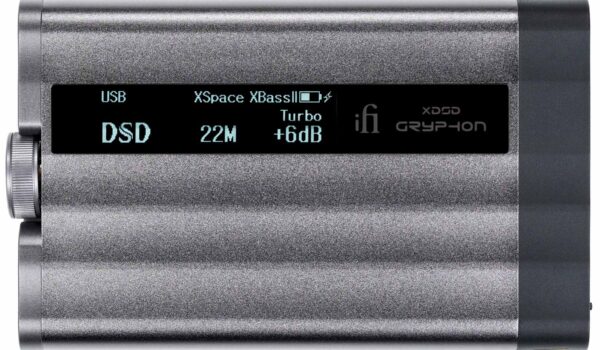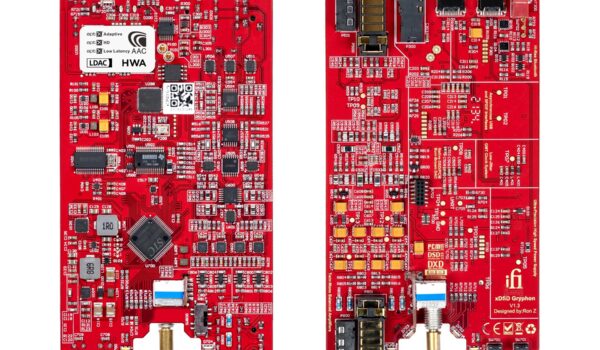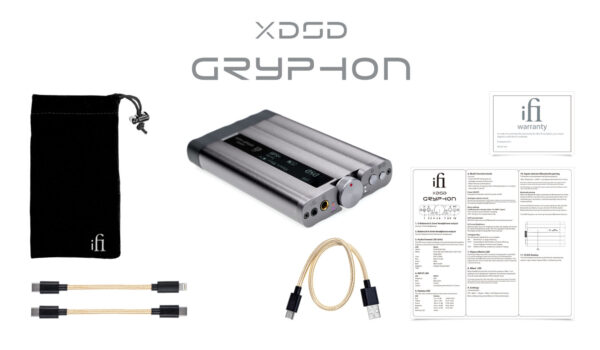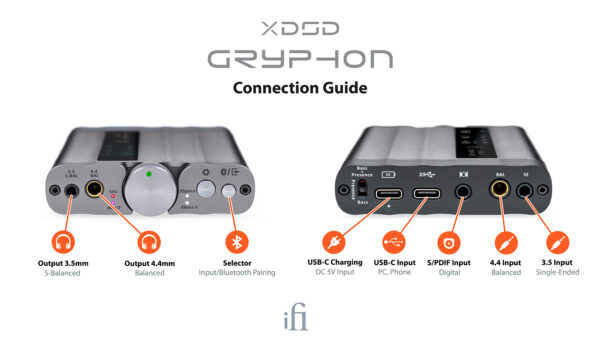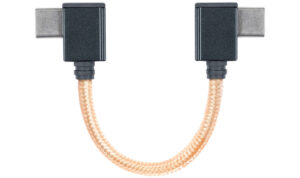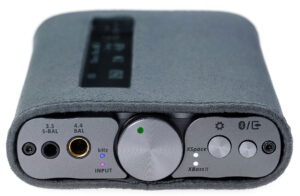Fantastic Beasts. Here’s where you find them.
Portable DAC/amps tend to be compromised because they focus on a great digital OR a great analogue section. But not both. The xDSD Gryphon is different. Just like its mythical namesake, it is two beasts in one.
From the Ultra-Res digital stage using the Burr-Brown MultiBit at the core to the PureWave analogue power section pumping out 1,000mW and other things in-between, it takes serious headphones to tame the xDSD Gryphon.
Well-connected
- Separate Bluetooth + DAC + amp stages: each optimised for maximum performance
- Digital sources via USB, S/PDIF or Bluetooth
- Analogue sources via 4.4mm or 3.5mm inputs
Brilliant Bluetooth. Hi-Res Wireless.
Using the latest QCC 5100 series Bluetooth v5.1 as the starting point, for wireless connectivity, the xDSD Gryphon is at the bleeding-edge when it comes to the latest formats:
- aptX Adaptive and aptX HD
- LDACTM and HWA/LHDC
- regular aptX and aptX Low Latency
- AAC
- SBC (plain vanilla Bluetooth)
Not only this but the above is on the iFi digital platform where each section is distinct. So QC5100 for reception > Global Master Clock for jitter > Burr-Brown for DAC conversion. More effort but that’s why our wireless gives wired a run for its money.
*LDAC and LDAC logo are trademarks of Sony Corporation.
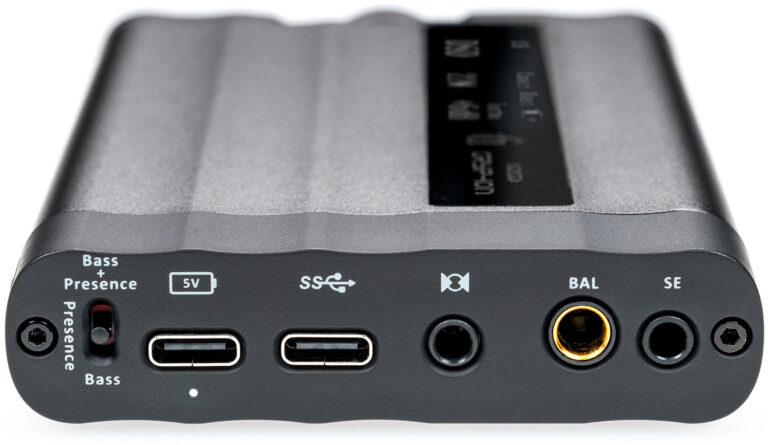
USB & S/PDIF. Wired to the nines.
In terms of wired connectivity, the xDSD Gryphon handles all the formats using a hybrid Burr-Brown DAC chipset which is the same as used in our £3,000 flagship, the Pro iDSD Signature.
Rest assured that all the following latest formats are catered for but most importantly, are pushed to their zenith.
On USB:
- PCM (768/705.6/384/352.8/192/176.4/96/88.2/48/44.1 kHz)
- DSD (512/256/128/64)
- DXD (768/705.6/384/352.8kHz)
- MQA (Decoder)
On S/PDIF
- PCM (192/176.4/96/88.2/48/44.1 kHz)
- DoP
Balance of Power
The xDSD Gryphon uses our PureWave amplification circuitry. It has 1,000mW at 32 Ohms. With a whopping max 6.7v output, bring on the high impedance headphones because the Gryphon will not break a sweat driving them.
This is plenty to drive all manner of headphones. The 4.4mm Balanced is the best for balanced playback. The 3.5mm S-Balanced will max SE headphones. And your premium high-sensitivity IEMs have not been forgotten either – iEMatch will cut out the hiss.
Tailored to your ears
XSpace adds back the cavernous sound stage of recordings.
XBass II reinstates the missing bass from open-backed headphones or for recordings that you hanker for bass slam. Under XBass II you can select ‘Bass’ and/or ‘Presence’ so that the upper midrange frequencies are correctly added back into your favourite recording.
iEMatch – is our proprietary tech which reduces the annoying hiss from high-sensitivity headphones without losing any dynamic range.
With digital sources, users can choose between three bespoke digital filters via the on-screen menu: Bit-Perfect, Standard and GTO (Gibbs Transient Optimised), each having a fine-tuning effect on sound.
OLED. Seen but not heard.
The OLED display and iFi’s CyberSync operating system combined, usher in a whole new world of user enjoyment – all information from format to battery life is there. Just as importantly, SilentLine technology means the display does not add noise into the system. It can even be set to off if preferred.
DACs convert digital information, stored or streamed by computers, into music we can hear through speakers or headphones.
Every device that’s a source of digital sound has a built-in DAC (TVs, games consoles, CD players, phones, portable music players etc). Dedicated external DACs sound much better than standard DACs used in digital devices such as phones.
Thanks to the XMOS 16 core tech, the xDSD Gryphon is an MQA Decoder.
This enables you to play back MQA audio files and streams, delivering the sound of the original master recording. The LED glows green or blue to indicate that the unit is decoding and playing an MQA stream or file, and denotes provenance to ensure that the sound is identical to that of the source material. It glows blue to indicate it is playing an MQA Studio file, which has either been approved in the studio by the artist/producer or has been verified by the copyright owner.
MQA rendering technology (used in the original versions of some other iFi products) connects to an MQA Core signal and completes the final unfold of an MQA file. Core decoding is included in streaming services such as TIDAL, as well as select media players.













